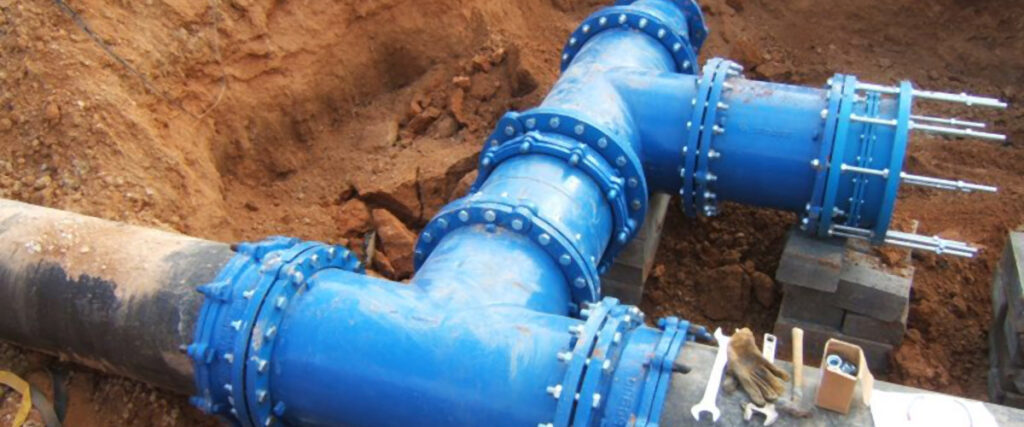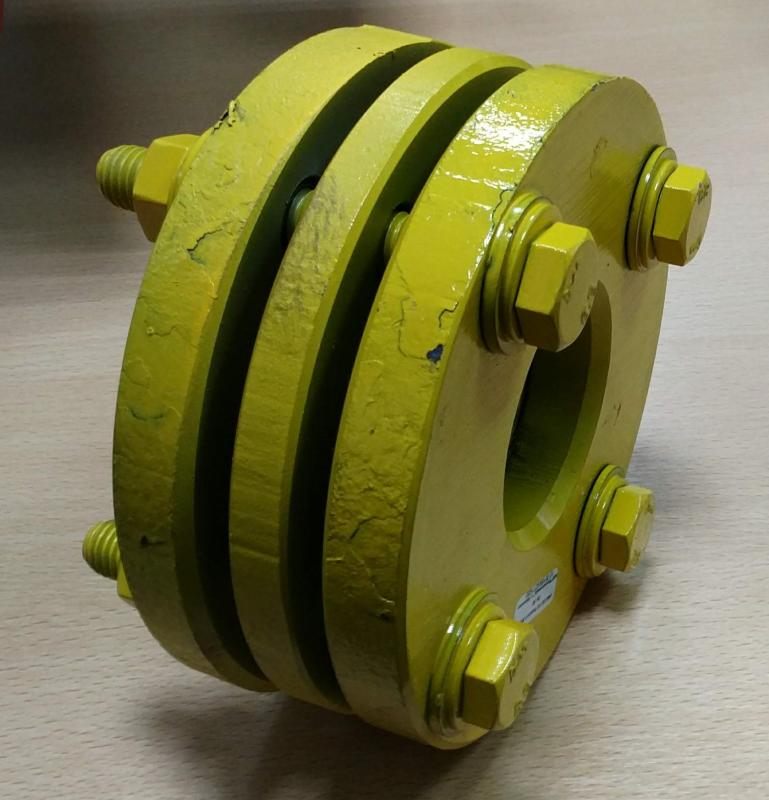Characteristics of flanged connections in industrial installations
Every industrial installation requires durable and precise connections of its individual parts. Flanged connections ensure the tightness and safety of the network. They also make it possible to quickly dismantle the structure in the event of a sudden fault or to extend the network.
What are flanged joints and where are they used?
Flanged connections consist of:
- two opposing, axisymmetric steel flanges,
- gasket, fitted between the flanges,
- at least four bolts and nuts.
Flanged joints are mechanical joints used in industrial installations, including:
- petroleum,
- gas,
- sewage systems,
- water supply,
- petrochemicals.

Standards to which the flanges are manufactured
Each of these sectors has different technical requirements. All the parameters of flanged joints are firmly defined by the respective standards. We distinguish between:
| TYPE OF STANDARD | DISCLAIMER | COMPLIANCE WITH THE STANDARD: |
| European | PN | EN 1092-1 |
| American | ASA | ASME (ANSI) |
Advantages of flanged connections
- Tightness - the steel flanges are connected to each other by means of a gasket. All components comply with European and Polish standards and therefore ensure long-lasting construction and fault-free operation of the entire system.
- Stability - ensured by a steel construction reinforced with a rubber seal.
- Detachable design - flanges connected by bolts can be easily dismantled in the event of expansion or failure.
Material types
Flanged joints are made of steel:
- carbon steel, i.e. unalloyed steel - characterised by its flexibility and at the same time its strength, without deformation or cracking.
- stainless steel - characterised by resistance to corrosion and abrasion.
Assembly of flange connections

Specialised skills and appropriate qualifications are required when carrying out work on the assembly, disassembly and supervision of flanged joints. These can be acquired in specialised training courses that culminate in an UDT examination.
The TÜV certificate entitles you to make and supervise flanged connections. It is valid for a period of 5 years and is valid in Poland and other European countries.
Questions and Answers
Where are flanged connections used?
Flanged connections are used in oil, gas, plumbing or petrochemical installations. They are used in power hydraulics, industrial or domestic hydraulics and heat pump installations.
What does the number mean at PN 16?
The number next to the PN symbol indicates the nominal pressure class of the flange in question.

































